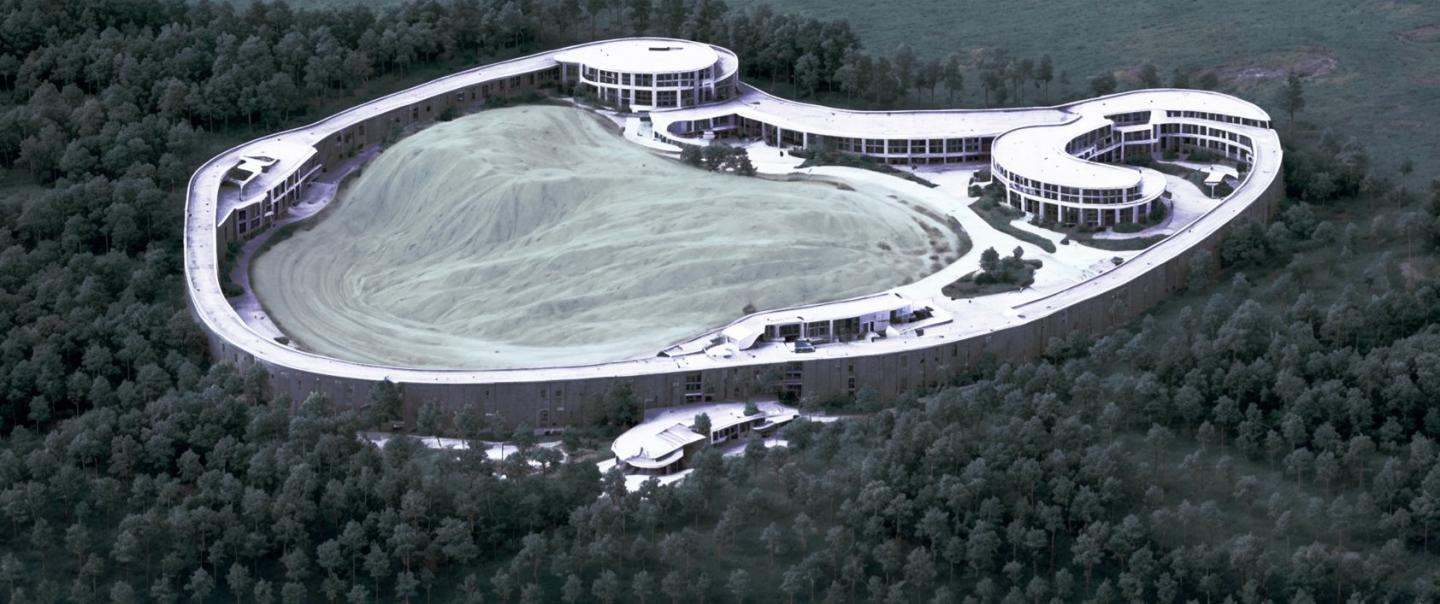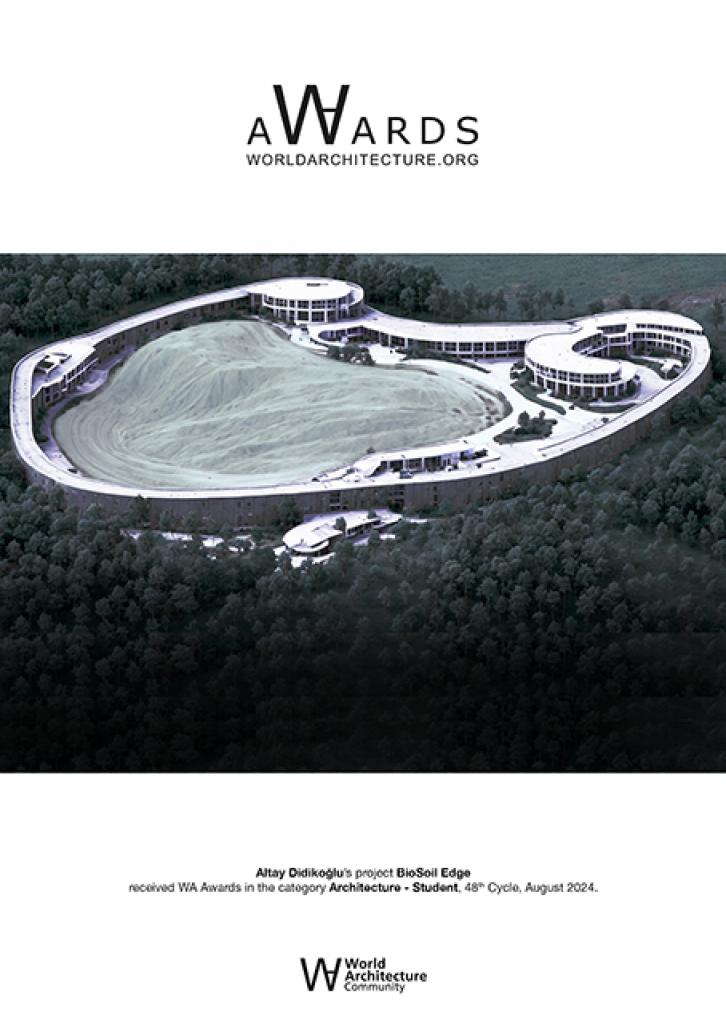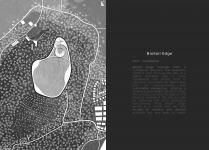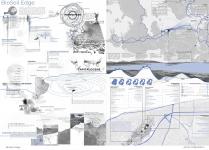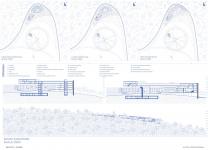BioSoil Edge was born from a design concept I proposed to explore the place of soil in a capitalist world, the solutions to global issues we face, the attitudes and behaviors towards these issues, and the design that represents these ideas. The Gaia hypothesis suggests that the Earth functions as a living organism, maintaining its balance to sustain life. This perspective emphasizes ecological balance, the interconnection between organisms, and the complexity of life.
But what is the role of humans in this cycle? We define this interaction as 'Anthropocene and Gaia.' The merging of these two concepts addresses the dynamic relationship between human impact and the planet's integrity. Moore's 'capitalogenic' approach considers capitalism not just as a system of relationships between people but also as one that encompasses the relationship between humans and the soil.
Capitalocene negatively affects the homeostasis of the soil. If we examine this issue through the example of a debris dumping site in İzmir, uncontrolled and rapid urbanization leads to the overuse of resources, resulting in significant waste. This waste causes a loss of biodiversity and pollutes the soil, air, and water with various chemicals, harming the ecosystem and its actors.
So, what is the solution? I examined soil health laboratories across İzmir, their analysis methods, and techniques, focusing specifically on Güzelbahçe. I adopted an approach that integrates different units such as large-scale analysis, research, experimentation, and awareness for the site. Consequently, I advocate for a rehabilitative and restrictive approach to the debris dumping area.
2024
The fundamental method involves the in-situ remediation of contaminated soil, which refers to the process of improving the soil directly on-site. Among various techniques, bioremediation is recognized as a more cost-effective and environmentally friendly approach, especially for large areas, compared to other physical and chemical methods. Biochar, known as Terra Preta, is a carbon-rich soil created by the decomposition of organic matter in an oxygen-deprived environment through heat. In a study conducted by Zhai in 2018, soil washing and in-situ immobilization using biochar and black carbon were explored. After the washing process, significant reductions in lead, mercury, and copper concentrations were observed. Additionally, the study found that biochar had a positive effect on the microbiological recovery of the soil.
Furthermore, for every ton of biochar used in buildings, one ton of CO2 is sequestered from the atmosphere. This significant impact is achievable because biochar can be used as a complete substitute for sand. Soil isolation involves defining a quarantine zone around the contaminated area to prevent the spread of pollutants.
A barrier made of biochar bricks serves multiple roles: it isolates the quarantine zone, facilitates the experience of the area, aids in biochar production and the rehabilitation cycle within the site, and acts as a conduit for transporting bio-waste collected through a cage system. At its core, the program functions as a barrier that encompasses biochar production areas, processing of the resulting alternative sand, spaces for raising awareness about biochar and debris dumping sites, areas for introducing biochar-enhanced products to the public, discussion hubs for new ideas, as well as facilities for storage, transportation, and application practices.
Designer Architect:
Altay Didikoğlu
Supervisor Architects:
Assoc. Prof. Dr. Ülkü İnceköse, Assoc.
Prof. Dr. Ebru Yılmaz
R.A. Ceren Ergüler
BioSoil Edge by Altay Didikoğlu in Turkey won the WA Award Cycle 48. Please find below the WA Award poster for this project.

Downloaded 0 times.
Favorited 11 times
